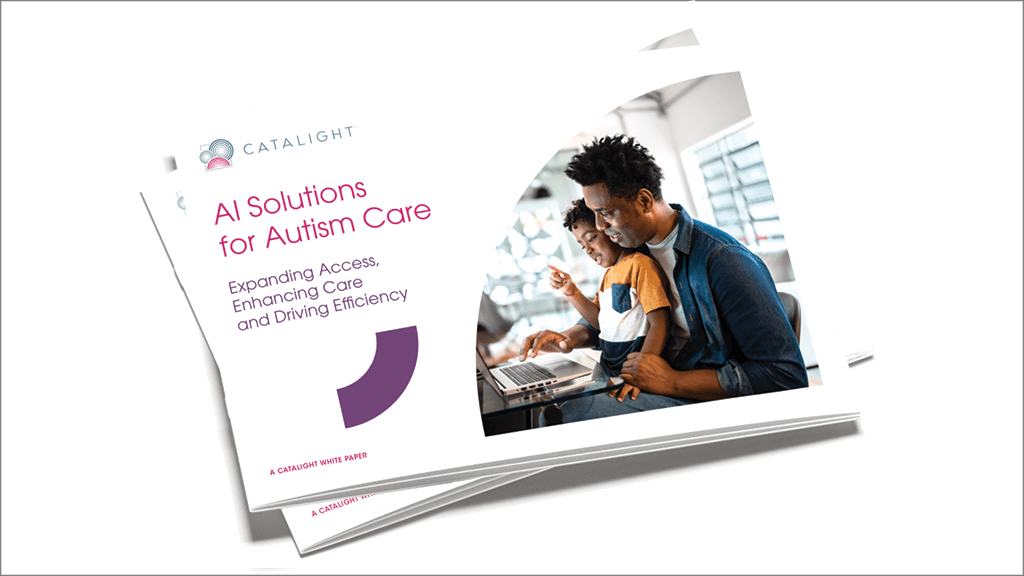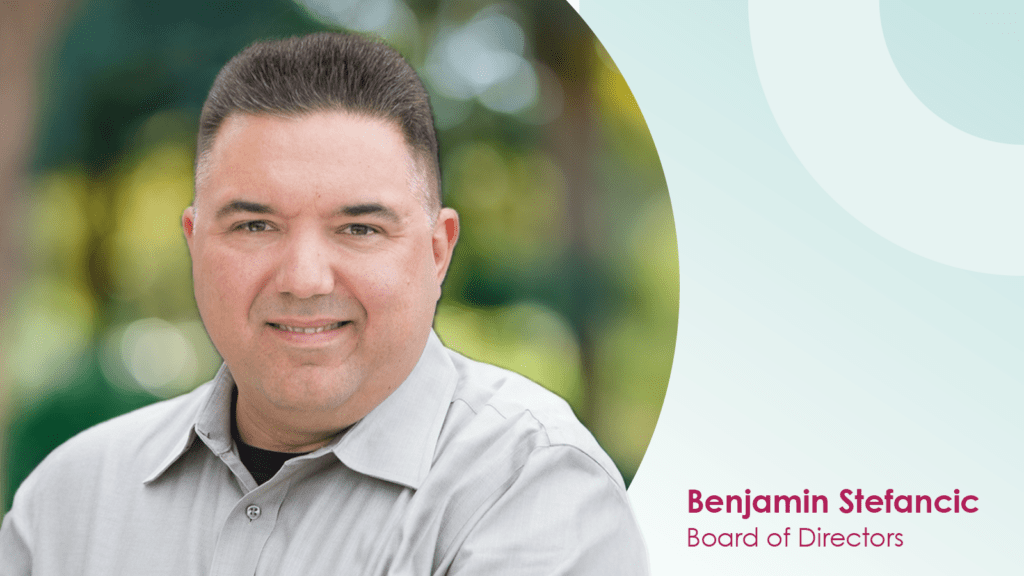Words MatterWhen talking and writing about autism spectrum disorder, preference-first language is key.

Language is the primary tool we use to understand and relate to each other. Using inclusive language to refer to people in communities different from our own, reflects our respect for and understanding of that community. A few words can mean the difference between a compliment and an insult, sympathy and disdain, or clarity and confusion.
The autism spectrum disorder (ASD) and intellectual and development disability (I/DD) communities are no different. Using inclusive language is crucial when talking and writing about ASD and I/DDs. Clinicians, caregivers and allies need to know how to address the people they care for, and the public should show respect for these communities by avoiding potentially alienating language.
Two Approaches to Identity in Language
Person-first language–“a person with autism”–leans on the idea that a person is not defined by a disorder. Person-first language is often used and preferred in clinical settings. Many advocacy organizations, parents and people with autism also favor this approach (DeVault). Autistic adults and people diagnosed with autism later in life are also more likely to prefer person-first terminology, according to Doreen Samelson, Ed.D., MSCP, Chief Clinical Officer at Catalight.
Identity-first language–”autistic person”–is the preference for the majority, according to research.1 It’s popular for many reasons, as it represents acceptance of the autistic person’s identity, which is sometimes a personal, hard-fought acknowledgement.2 Identity-first language has also risen in prominence as ASD receives more attention in the media. This visibility can help autistic people discover ASD actually is a core part of who they are. In this case, using identity-first language can be a crucial part of how someone builds their overall identity.
But some parents struggle with identity-first language if they see their child’s autism as separate from their child. For parents of children with profound autism, identity-first language may feel minimizing to their child’s identity, as though the manifestation of their autism is primarily who they are.
Ultimately, as with any community, a common identity creates kinship, acceptance and belonging between autistic people. While the diversity within the community is vast, recognizing the shared experiences of autism brings people together and helps create a sense of pride in those experiences. This is why many adopt identity-first language as a tool to showcase that pride.
Preference-First
Not clear on what terminology to use? Rather than assume, simply ask. There is no one rule for what is considered appropriate.
Some people with autism or other I/DDs don’t have the language skills to understand the nuances between identity-first and person-first terminology; when this is the case, asking caregivers is appropriate. The ASD and I/DD community contains a diverse spectrum of identities. The only way to be sure of how someone would like to be addressed is to ask them.
What About Neurodiversity?
The term has been around for about twenty-five years and was coined by a sociologist, Judy Singer. Singer wanted to change the conversation about disabilities from the medical model–a thing that needs to be fixed or cured, to a social model acknowledging disabled people are more impaired by cultural and societal barriers, such as inaccessibility and ableism, than by their actual disability.
Harvard Health Publishing defines neurodiversity as “the idea that people experience and interact with the world around them in many different ways; there is no one ‘right’ way of thinking.” The term has been widely adopted among people with I/DDs who have lower support needs, such as some people with autism or attention-deficit/hyperactivity disorder (ADHD).
But the popular term should be used carefully. It glosses over the day-to-day realities of life for people with profound autism or other severe I/DDs and that of their families. According to the Centers for Disease Control and Prevention (CDC), nearly a third of people with ASD have profound autism.3 To describe these individuals as part of a great spectrum of neurodiversity overlooks the fact many will require lifelong, intensive support.
Looking Ahead
When talking and writing about autism spectrum disorder, preference has to be our priority. As the ASD and I/DD community encompasses a diverse spectrum of identities and people with varying levels of support requirements, it is essential to recognize language describing autism and I/DDs is not one-size-fits-all.
[2] ‘Autistic person’ and ‘person with autism’ are not one and the same
[3] The Prevalence and Characteristics of Children With Profound Autism








